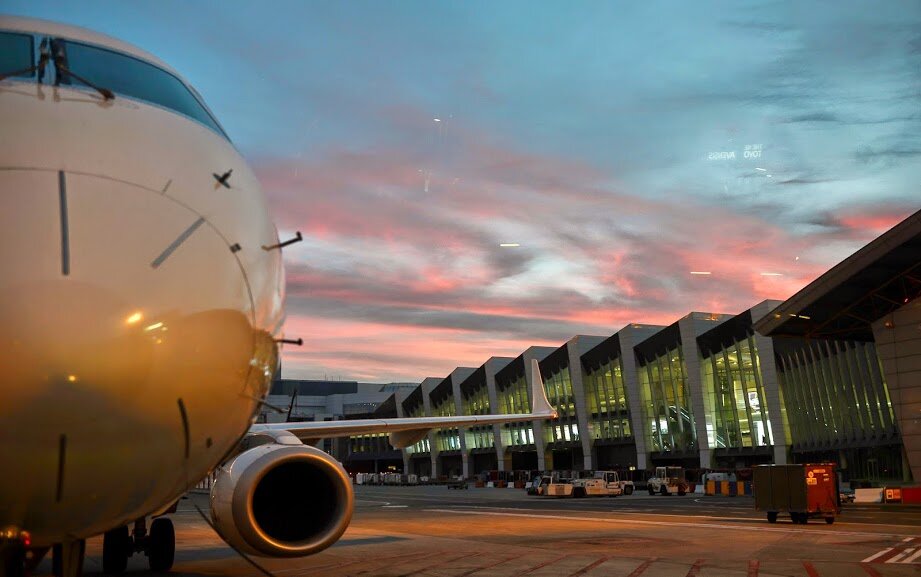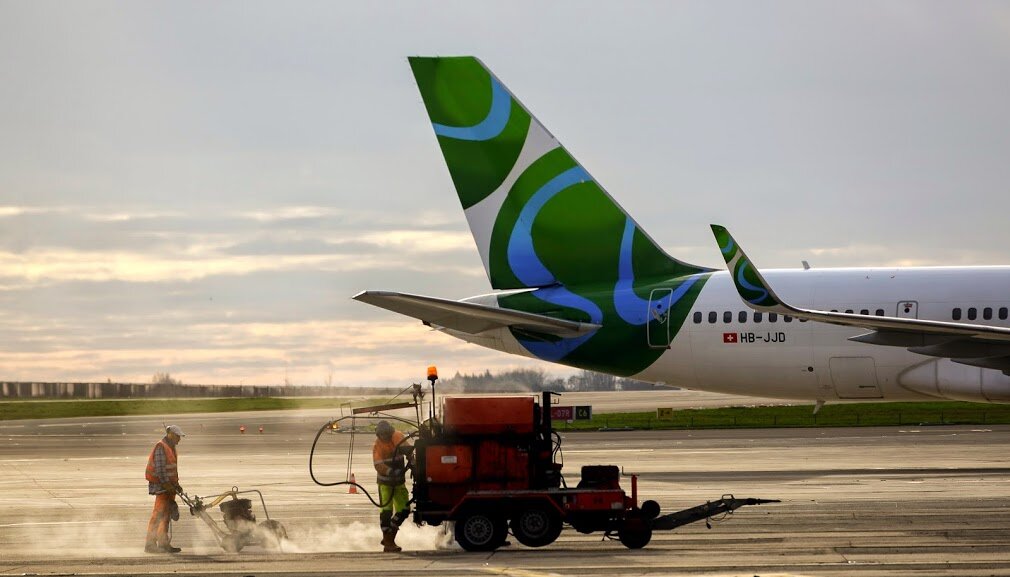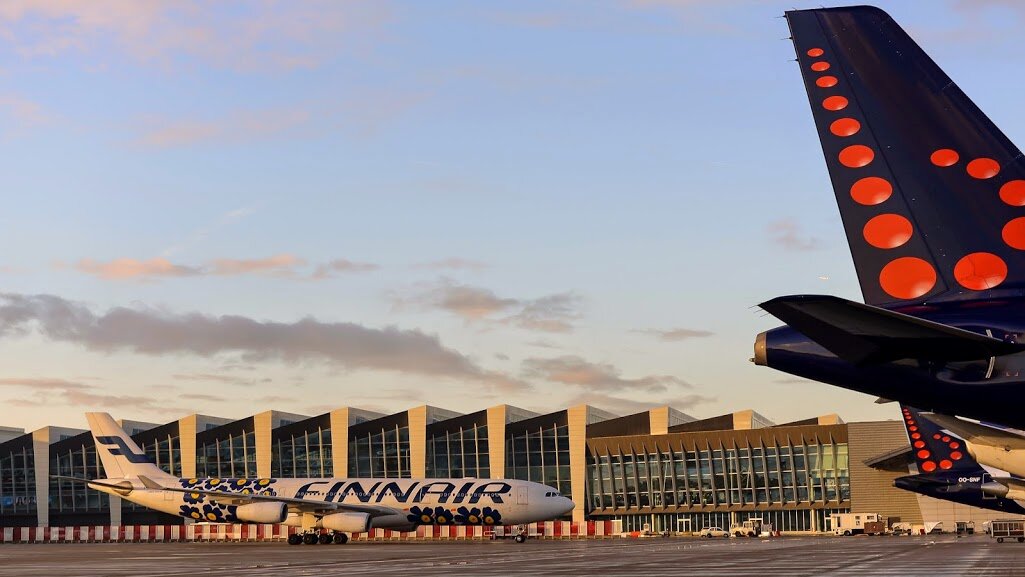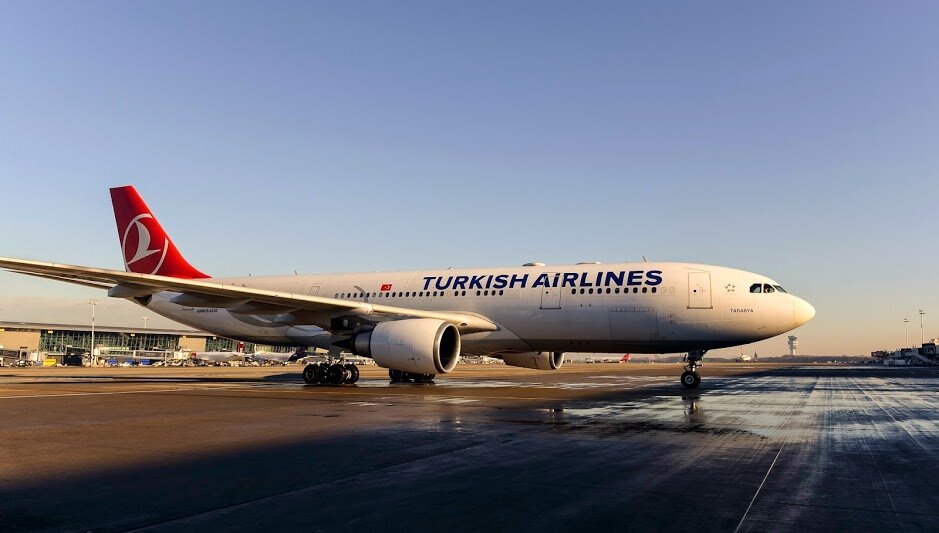Published Articles

Airline Innovation: How FSCs Challenge LCCs with New Products
Air travel is a commodity. For most travelers, price is king, and fare competition is fierce. Over the years, the vicious circle of price wars has left a trail of airline casualties. Surprisingly, many other industries manage to thrive in a commoditized environment, and airlines can learn from them.
Commoditization occurs when the market perceives products to be substitutable. When products are substitutable, customers will naturally purchase the cheapest, and businesses will fight to lower their costs. It is common for economic textbooks to use the evolution of the American airline market after deregulation to introduce commoditization.

Thailand Aviation: What Happened to It?
In our growth markets series, we covered China, Turkey, Australia, Indonesiaand South East Asia Aviation. Today, we take a look at Thailand.Last year, Thai Airways announced it was axing the Bangkok-Los Angeles route, in a move that put an end to 35 years of service to the US. Rome and LAX were two loss-making routes reported to be costing the airline $3 million a year. After a net loss of $445 million in 2014, Thai Airways’ debt skyrocketed to $5.9 billion, the highest among Southeast Asian airlines.
Once admired for its dream of competing with the likes of Singapore to become Southeast Asia’s global hub, Thailand has seen things changing fast. From the delivery of its flag carrier’s first A380 to the red stamp received by ICAO last year, Thailand seems to have lost its edge. Or has it? After all, Thailand’s airports have doubled traffic in six years, and carriers are ramping up with aggressive plans for expansion.

South East Asia Aviation: What You Need to Know
“The liberalization of ASEAN’s aviation sector will be a major catalyst for the region’s economic growth by 2030” - Liow Tiong Lai, Malaysian Minister of Transport
The Malaysian Minister of Transport’s thoughts are backed by strong arguments as aviation plays a vital role in developing business, trade, sales, innovation, investments and tourism, all facilitating economic growth. With South East Asia being one of the most dynamic areas in the world, a boost in tourism and trade should have astonishing effects and bring countless opportunities - and challenges - for all aviation players. Latest news indicate that the Single Aviation Market (SAM) is due to be signed by this year.

Beijing New Airports
China is now renowned for building hundreds of airports throughout the country. Having 90% of the Chinese population living less than 100 km from an airport by 2020 is one of the many ambitious targets found in the government's five-year plan. We covered these in our first article China Airports Build. Also mentioned are China's three megalopolis of Shanghai, Guangzhou, and Beijing which account for one third of the country's air passenger traffic. These cities already have well-developed air transport systems serving roughly the three cities' 60 million inhabitants. Yet, Beijing’s Capital Airport (BCIA), the second busiest airport in the world, has exceeded its capacity while handling 83.7 million passengers in 2013.

Indonesia Airports Build: Overcrowding
Indonesia’s 230 airports are as active as the ones serving its capital, and sadly busy in the same proportions. The 25 Indonesian airports managed by state-owned company PT Angkasa Pur (which includes the country’s busiest such as Surabaya, Jakarta, Makassar and Bali Denpasar) handled 111 million passengers in 2010, although their combined capacity barely reached 58 million.Bali airport is running at twice its capacity but the in progress-expansion will make it ready to handle 20 million passengers in 2017 – versus 14 in 2012. That would make it ready to cope with the growing traffic until 2017, officials said. The capital of Sumatra North Medan also saw its situation changing for the best in 2013 when its new Kuala Nanu International Airport finally opened. The former Polonia airport closed last July while it was handling 8 million passengers for a capacity limited to 1. Indonesian airlines did not wait long before jumping on it, mainly for its most valuable asset: room.

Indonesia Airports Build: Jakarta Airport Failure
In Indonesia, it’s too late. After years of governmental inaction, the country’s airports are heavily saturated, and expansion plans will not be enough. Airlines are still growing fast, trapping Indonesia in a vicious circle.The economy is booming on this tiny archipelago of 17000 islands. Air transport is nothing less than the only solution, and fast-competing airlines brought domestic air traffic's growth to a whopping 20% in 2012. While some emerging countries manage growth well, others don’t.
Behind the amazing success of booming airlines, another reality comes up: Jakarta's Soekarno-Hatta International Airport. It handled 58 million passengers in 2012, but it was only designed for 22 million passengers. This represents a 163% overcapacity that as you will see, sums up pretty well the situation of airports in Indonesia.

Turkey Airports Build: Tackling Demand
This is part 2 in a 2-part series on Turkey airports build. In part 1, we looked at the current state of airports in Turkey.Istanbul's new airport is without any doubt more than a plan to solve Ataturk’s current saturation. The mega project ”won't only meet Turkey's needs, but also be a hub for all the traffic from west to east, east to west, from Africa to Europe”, Turkey’s transport minister said. Validated in 2013, the construction of the first phase should start this year and be achieved in 2016, to be able to handle 100 million passengers per year at that time.

Turkey Airports Build: Demand Surge
We hear a lot less about the aviation in Turkey than in many other countries and even though Turkish Airlines ordered several hundred Boeing and Airbus jets last year, the huge orders of the gulf carriers quickly took the headlines, again. And when it comes to growth figures, we hear a lot more about Asian countries.
Istanbul is planning to build the biggest airport in the world, but most keep in mind Dubai or Beijing airport development plans. Now, what if the aviation market in Turkey was even more impressive than that?
